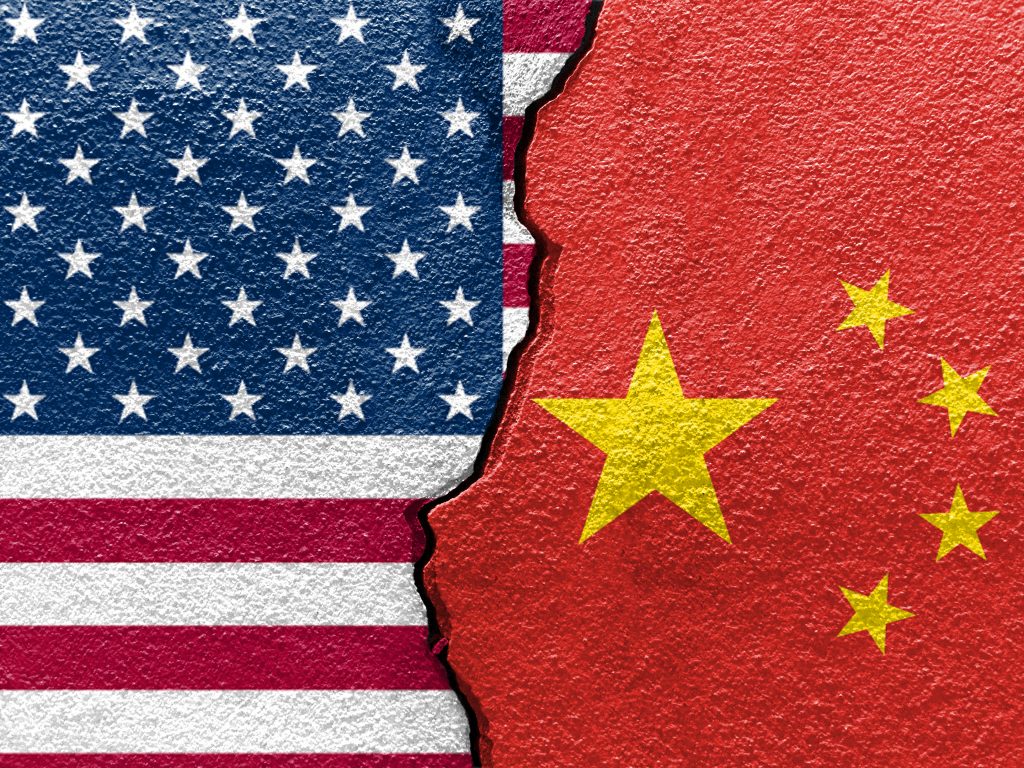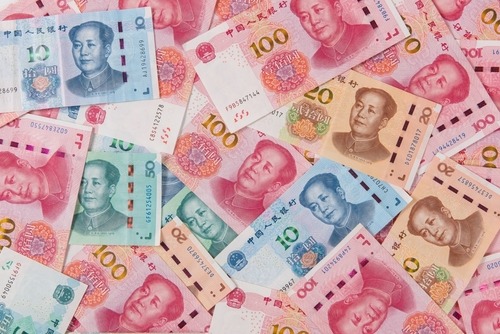The US-China Trade War: Now What?
Remarks made by President-elect Joe Biden suggest the U.S. may change course on China.

Is the United States better off in its relationship with China after a protracted trade war? What exactly are the ultimate goals of the United States with regards to China?
These are the questions President-elect Joe Biden and his foreign policy advisors are undoubtedly asking themselves right now. Answering them won’t necessarily be easy.
The U.S.-China bilateral relationship is somewhat unique because it encompasses the two largest economies on earth—taken together, the U.S. and China account for 40% of the world’s total GDP. Characterizing such a complex relationship isn’t easy—essentially a multifaceted, ever-changing puzzle, like a Rubik’s Cube that changes shape and colors while one is trying to solve it.
Rather than wrestle with the minutia, the administration of President Donald Trump locked in on the infamous trade deficit as their primary U.S.-China battlefield. This made it easy to define success—growing American-made exports to China with the ultimate goal of reducing the trade deficit.
Unfortunately, by that standard, the Trump administration came up short.
American exports to China in 2020 are actually lower than they were in 2017, when Donald Trump first took office. That’s not to say, however, that lessons weren’t learned from the Trump experiment.
Trump’s China tariffs, as well as his blacklisting of 39 Chinese companies (to date), grabbed the attention of the Middle Kingdom and arguably brought the Chinese to the negotiating table. But the United States hasn’t been able to parlay those initial successes into a broader victory.
That leads to the question of the moment: How will the Biden administration deal with China?
The answer depends on how Biden and his advisors define their China goals, as well as their plan to achieve them. Much of that isn’t yet clear, but some clues have emerged that provide insight on the general framework.
An opinion piece written by President-elect Biden during the summer of 2020 suggests things aren’t going to change substantially in the near term. In an article for Foreign Affairs the former Vice President wrote, “The United States does need to get tough with China.”
He elaborated, “If China has its way, it will keep robbing the United States and American companies of their technology and intellectual property. It will also keep using subsidies to give its state-owned enterprises an unfair advantage—and a leg up on dominating the technologies and industries of the future. The most effective way to meet that challenge is to build a united front of U.S. allies and partners to confront China’s abusive behaviors and human rights violations, even as we seek to cooperate with Beijing on issues where our interests converge, such as climate change, nonproliferation, and global health security.”
The above sentiments aren’t outwardly divergent from the approach of the current administration. And while Biden may pursue a more traditional form of diplomacy, the unorthodox method adopted by the Trump White House did illustrate that a few broken eggs don’t necessarily result in a bad omelette.
The fact that discomfort now exists between the two countries might actually provide the type of environment where both parties can negotiate real solutions in good faith.
One risk for Biden is that he attempts to steer the negotiations with China back toward traditional venues for airing international trade grievances—namely, the World Trade Organization (WTO). While the WTO was the golden gate that vaulted China onto the world stage of commerce, it often acts like bureaucratic quicksand when it comes to dispute resolution.
China has reneged on many of the commitments it made when first joining the organization, and the global trade community has found little relief using formal channels at the WTO to hold China accountable.
Trump and his allies were therefore shrewd to circumvent the WTO in their efforts to reconstruct U.S.-China trade relations. However, this tactic seemingly fell short because it wasn’t part of a grander plan. Moreover, the net result was the same—U.S. exports to China actually declined during Trump’s tenure.
One might argue, therefore, that the most prudent course of action for Biden and his advisors would be to utilize a broader spectrum of tactics to achieve their goals—borrowing from Trump’s successes and building on them.
While President Trump made headway fighting the Chinese outside traditional channels, he also made the mistake of trying to do so alone. Unilateralism is more likely to succeed in a unilateral world. Unfortunately, China has emerged as a true challenger to U.S. hegemony.
To mark real gains, the U.S. is going to need some help from its friends.
China prefers dealing with trade partners on a one-off basis because it can exert more pressure in such environments. Reverse psychology suggests the U.S. should therefore focus on building a team to collectively turn the screws on China, just not under the umbrella of the WTO.
Partnering with the European Union and other key trading partners in the Far East (Japan, South Korea, Thailand, Vietnam) would force China to negotiate against a united front. Under these conditions, China’s size advantage is minimized.
Biden’s remarks in Foreign Affairs suggest that enlisting the help of allies is at the top of his priority list. But it takes time to cultivate such alliances, especially when they’ve been neglected for several years.
For the foreseeable future, that means delaying the China question might be the most prudent course of action. Not only would that allow for a softening of rhetoric, but it would provide Biden and his team the time it takes to develop a comprehensive blueprint on China.
Currently, more than $200 billion of Trump’s China tariffs are still active. As a sign of good faith, Biden might consider rolling back some of the tariffs that have had the biggest negative impact on U.S. consumers, and couch it as a win for both sides.
After offering that small carrot, he could bring his newly formed coalition to the table and try to apply the stick—in the process hopefully guiding U.S.-Sino relations toward a more mutually beneficial future.
The complication is that trade is only one part of the China question. One can’t overlook Hong Kong, the Uyghurs and Taiwan—not to mention the pandemic, global warming and national security concerns.
Suffice to say, the China challenge will in part define President-elect Biden’s legacy. It may also dictate global stock market direction in the coming months.
To follow all the daily action in the financial markets, readers are encouraged to tune into TASTYTRADE LIVE, weekdays from 7 a.m. to 4 p.m. Central Time, when timing allows.
This December, give the gift of Luckbox and get a free Luckbox T-shirt! See SUBSCRIBE or UPGRADE TO PRINT (upper right) for more information.
Sage Anderson is a pseudonym. The contributor has an extensive background in trading equity derivatives and managing volatility-based portfolios as a former prop trading firm employee. The contributor is not an employee of luckbox, tastytrade or any affiliated companies. Readers can direct questions about any of the topics covered in this blog post, or any other trading-related subject, to support@luckboxmagazine.com.




















